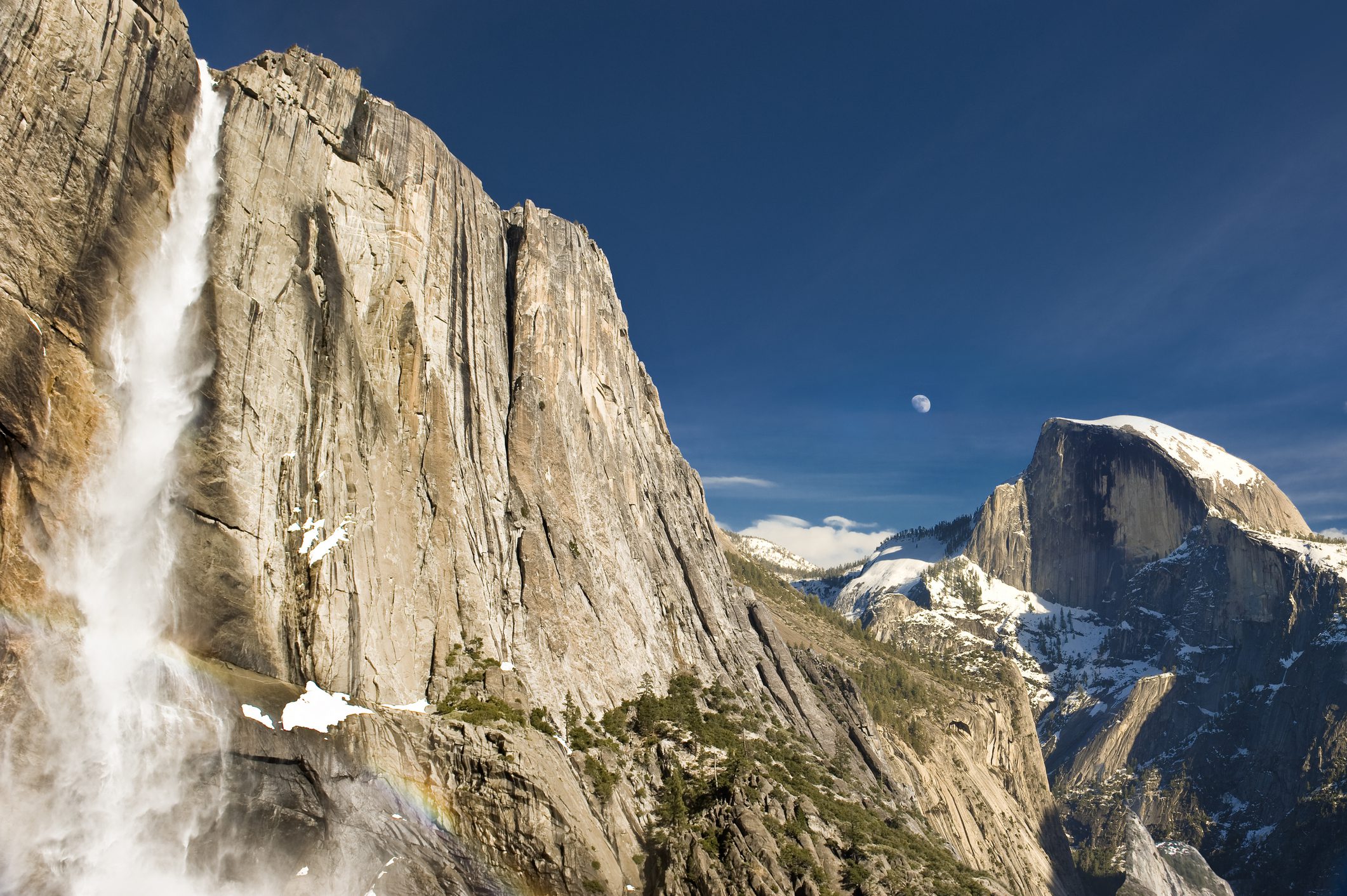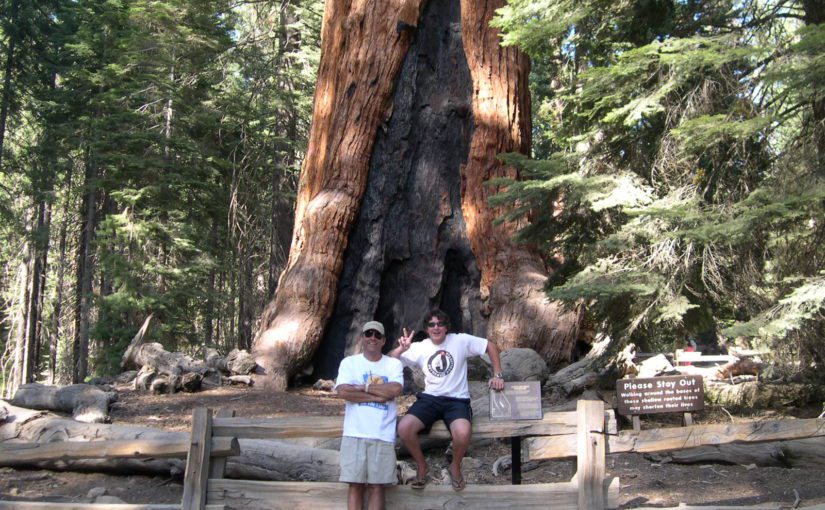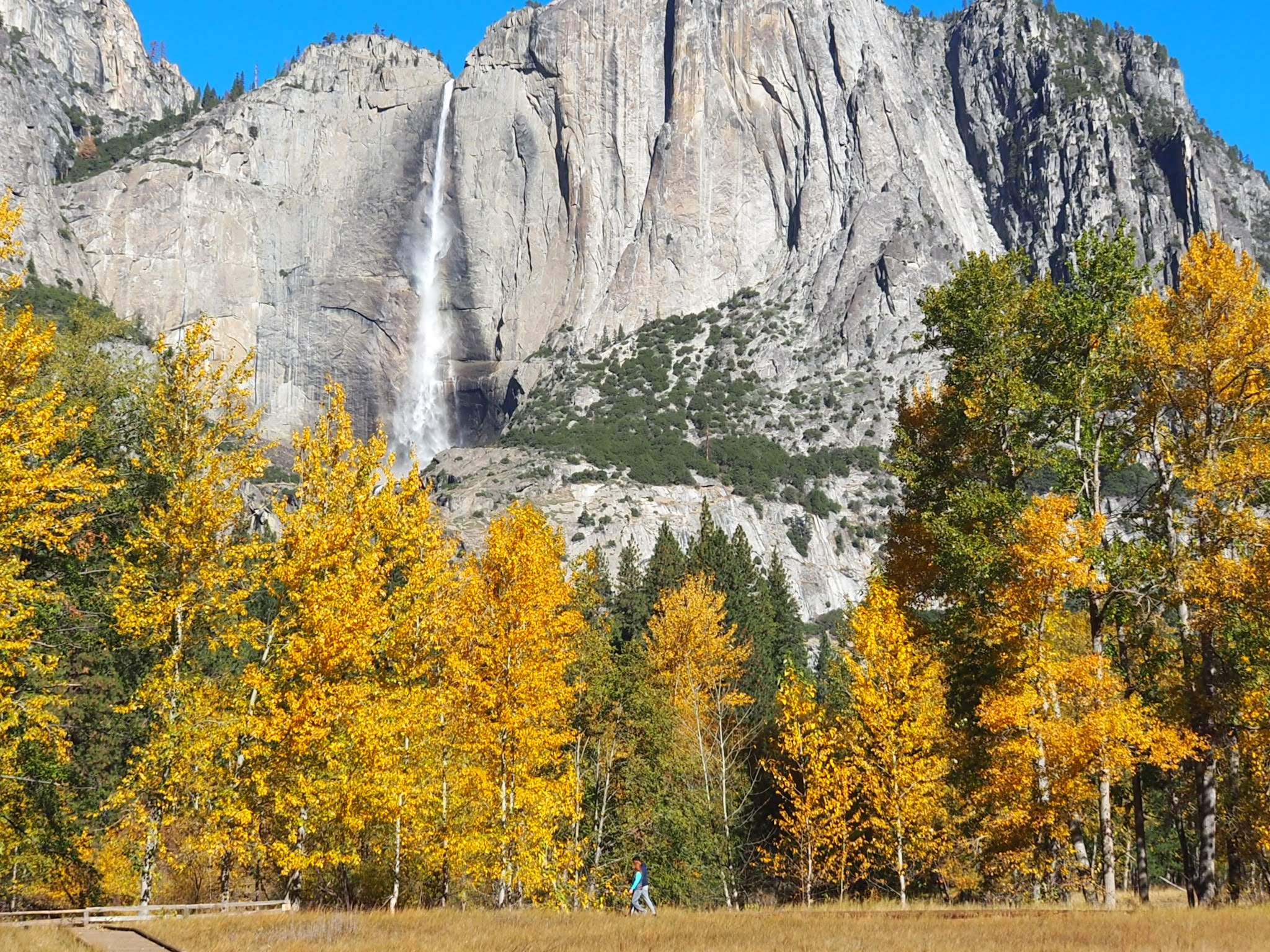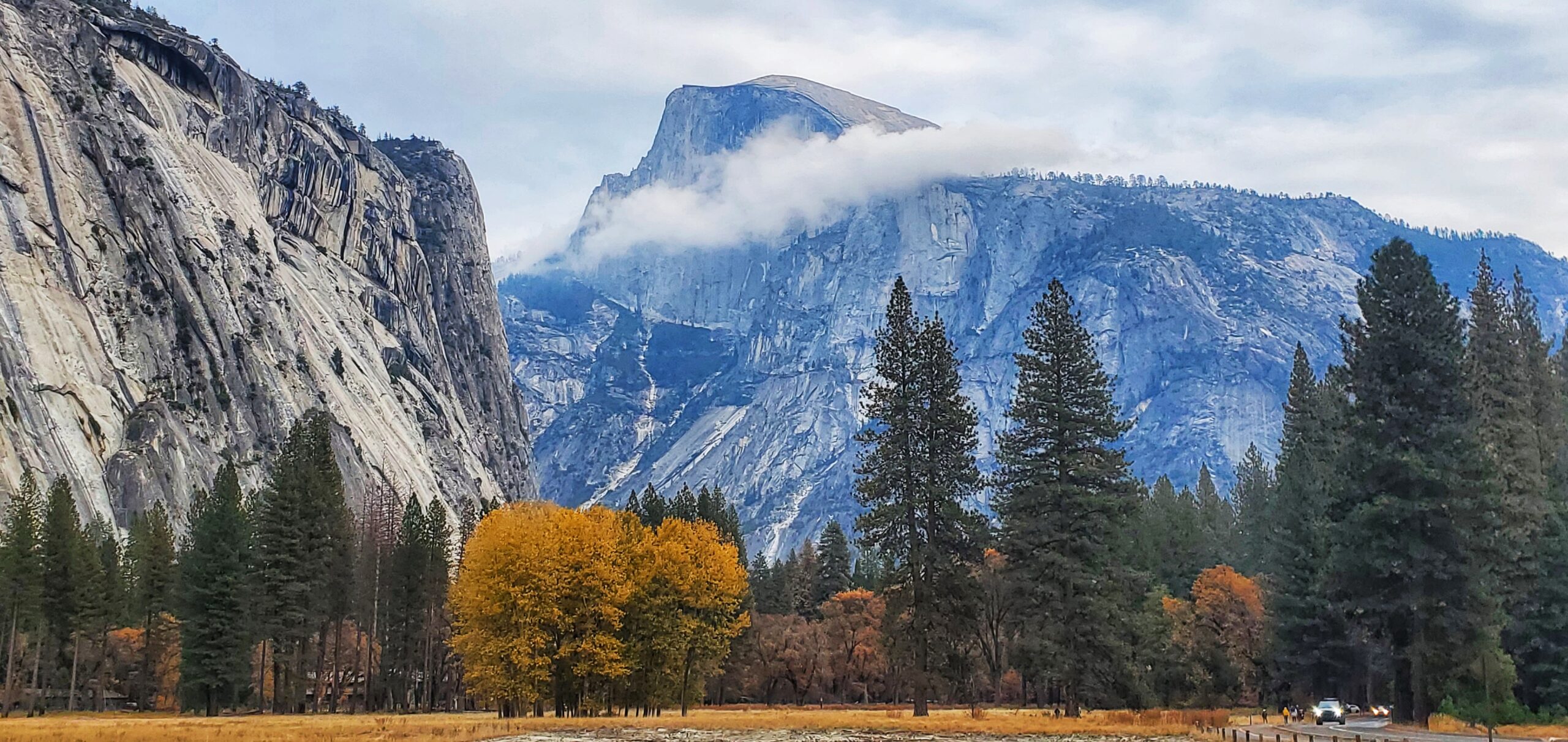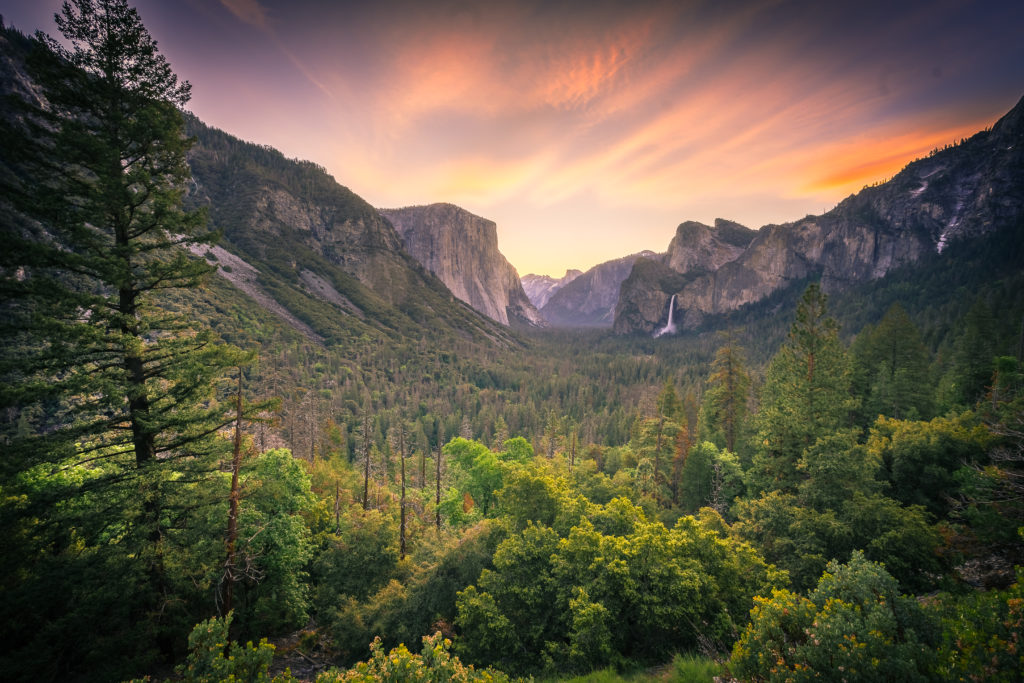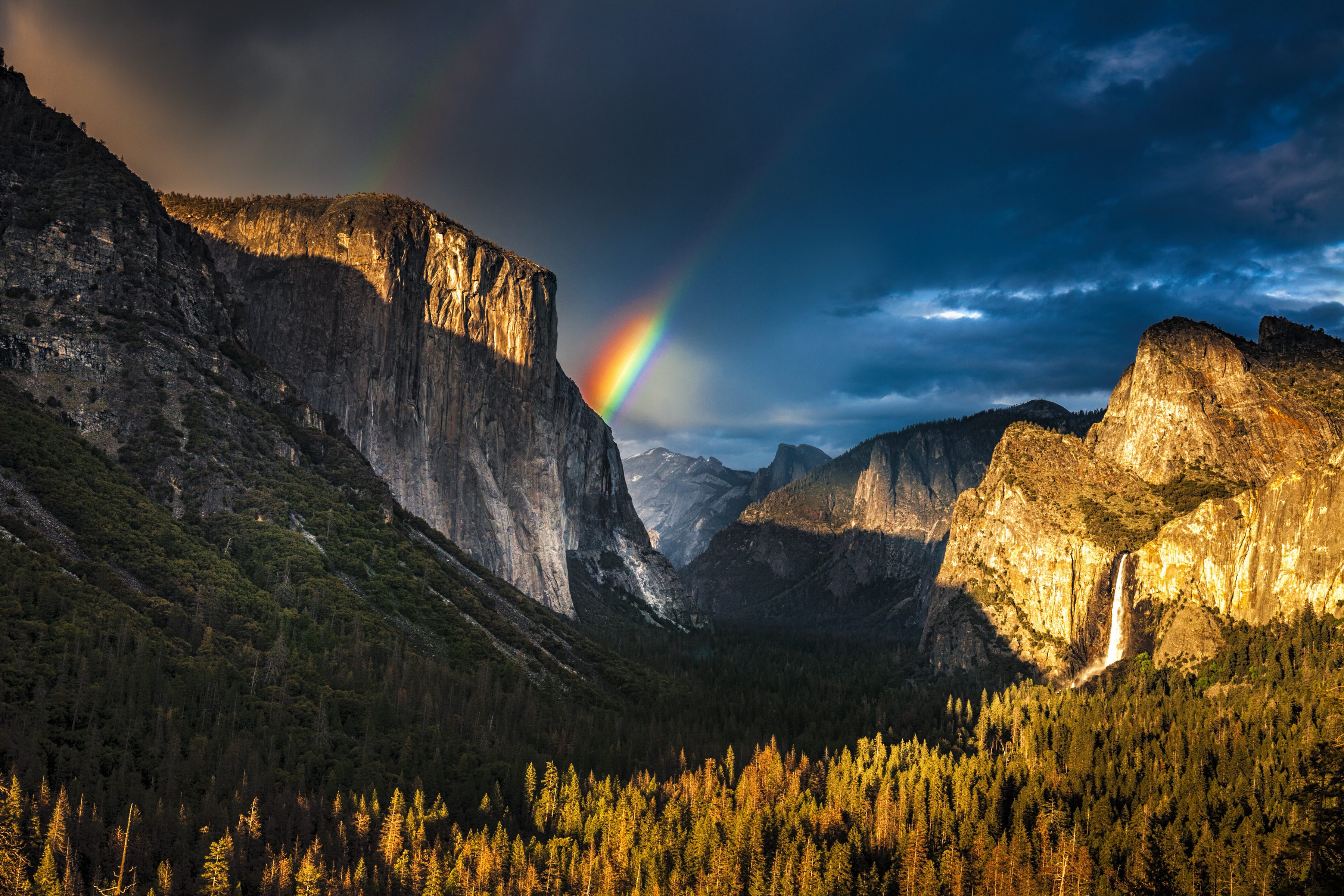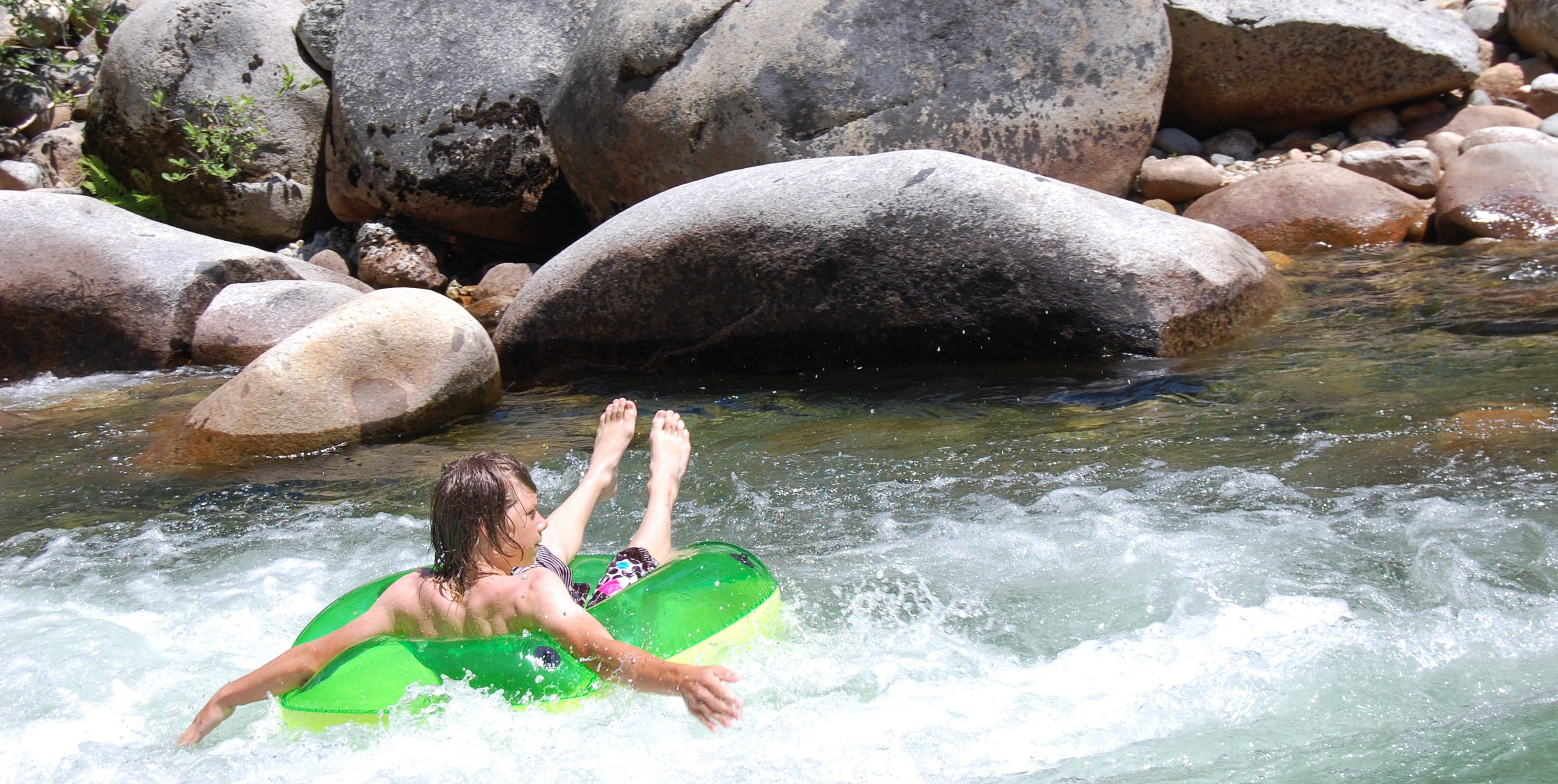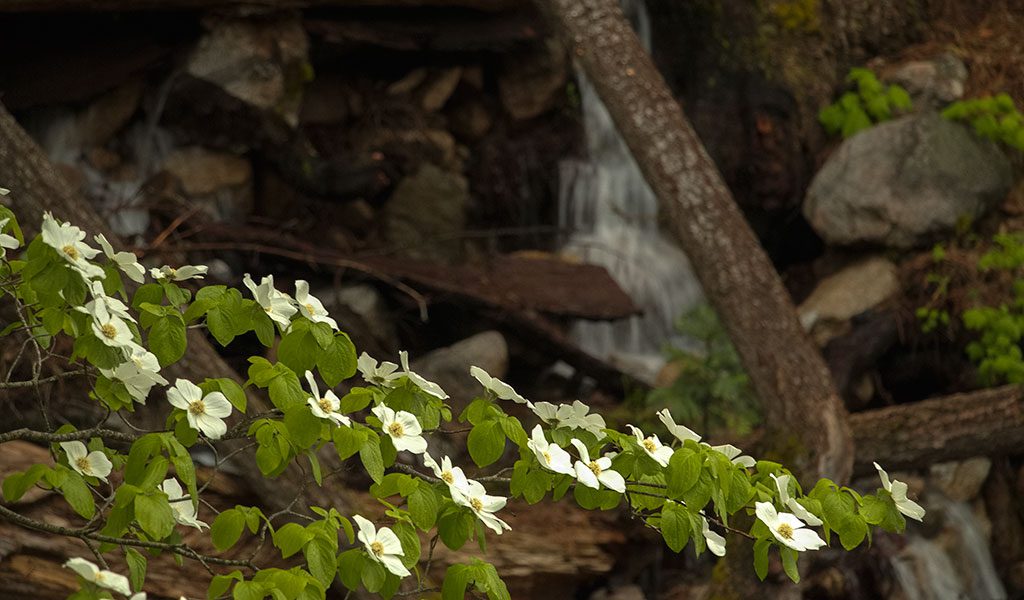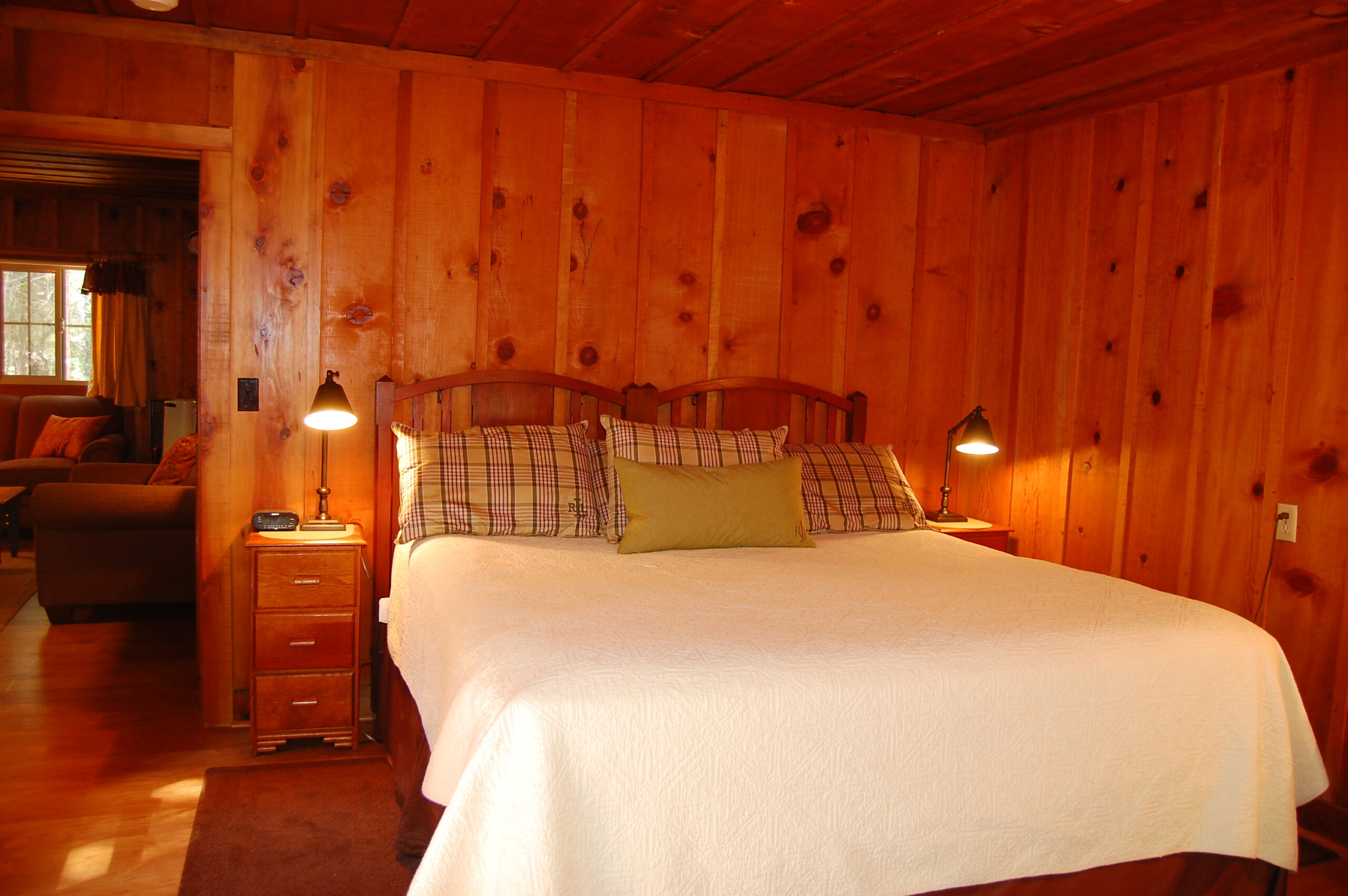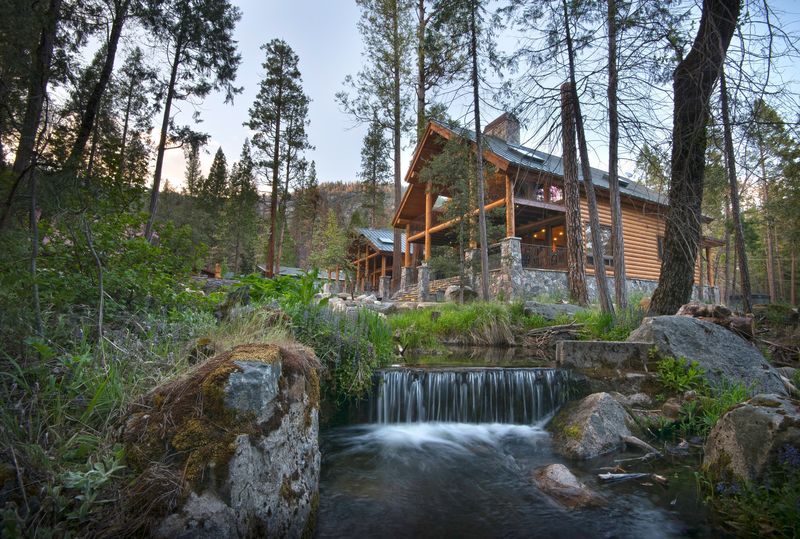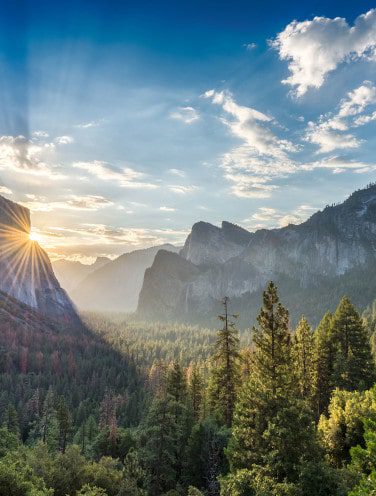The Grizzly Giant is the most renowned giant sequoia in Yosemite National Park. Standing at a solid 209 feet (63.7 m) it is the second largest tree in the Yosemite, and one of the most photographed. You’ll need to take a panorama to capture that in one image! We can’t know for certain how old this tree is until we are able to count the annual rings in the...

